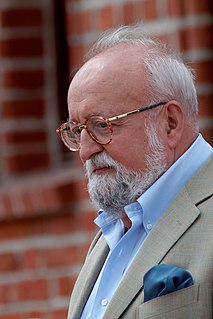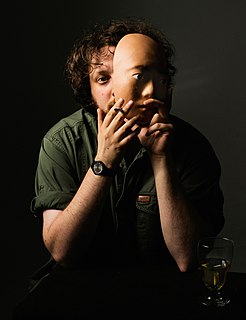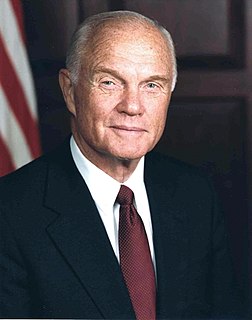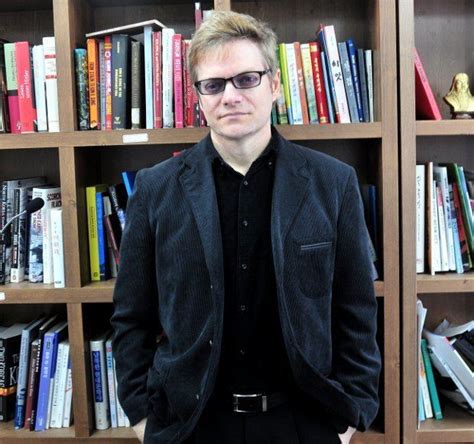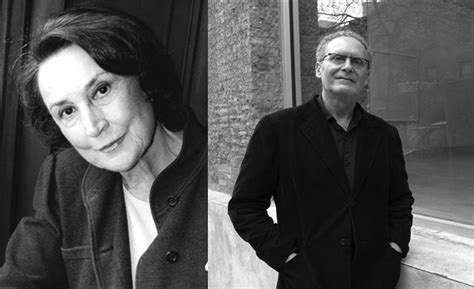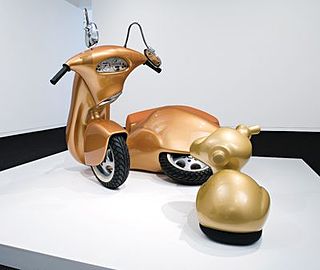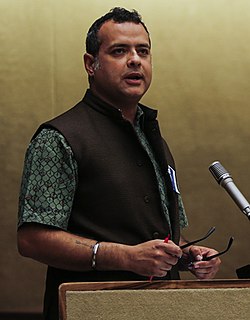A Quote by Trevor Paglen
It was a very strange time in the late 1950s/early 1960s, when people were putting things in space, but that language of spacecraft hadn't really congealed yet. A lot of artists at that time were looking at them as aesthetic objects.
Related Quotes
The late Seventies was the death of the manufacturing age in the United States. It was also a time when the Pictures Generation artists were getting started. They co-opted the language of advertising. The factory disappeared, and weirdly, so did the art object - it was the age of making gestures, not objects.
When you look at what we can call the golden era of concept albums, which starts in the mid or late '60s and ends maybe in the early '80s, it's an interesting time for music. You see all these very established and popular acts and bands and artists that were somehow on the top of their game but really trying to experiment.
I was a woman and younger. I started spending a lot of time in the mall doing a lot of qualitative research and really watching what consumers were doing. Were they gravitating towards the sales racks, or were they looking at the new fashions? Were they there to shop, or were they there to socialize?
When I was a kid, a lot of my parents' friends were in the music business. In the late '60s and early '70s - all the way through the '70s, actually - a lot of the bands that were around had kids at a very young age. So they were all working on that concept way early on. And I figured if they can do it, I could do it, too.
What's happening in the larger world always influences art. When I first started the gallery in 1959, one of the first things I learned was that most people assume artists know one thing and one thing only - that they were idiot savants. I found very quickly that most artists were very informed and very aware of what was happening in the world around them. So all of those things go together, especially for earthworks. And at that time there was such an intense interest in American art. So there was a great deal of attention paid to where it was going.
As far as Russia goes, they've been our partner for a long time now, since the early '90's. So you know, what's that, that's more than 15 years. And there have been times where things were a little tense, a little testy, but by and large, the partnership has been very successful. To give you two examples of that, when the Columbia accident occurred, the Russians supported us with their spacecraft faring our astronauts, including me, to the space station and also supplies.
In the early period of Left struggles, in the late nineteenth and early twentieth century, there were many different trajectories for the struggle, whether you call it 'syndicalism' or 'anarchism' or, at the time, 'social democracy', eventually 'Communism', these were different theories of struggle. But all of them shared a basic understanding that the people...experience exploitation, they experience oppression, but they're not prepared to rise up.

